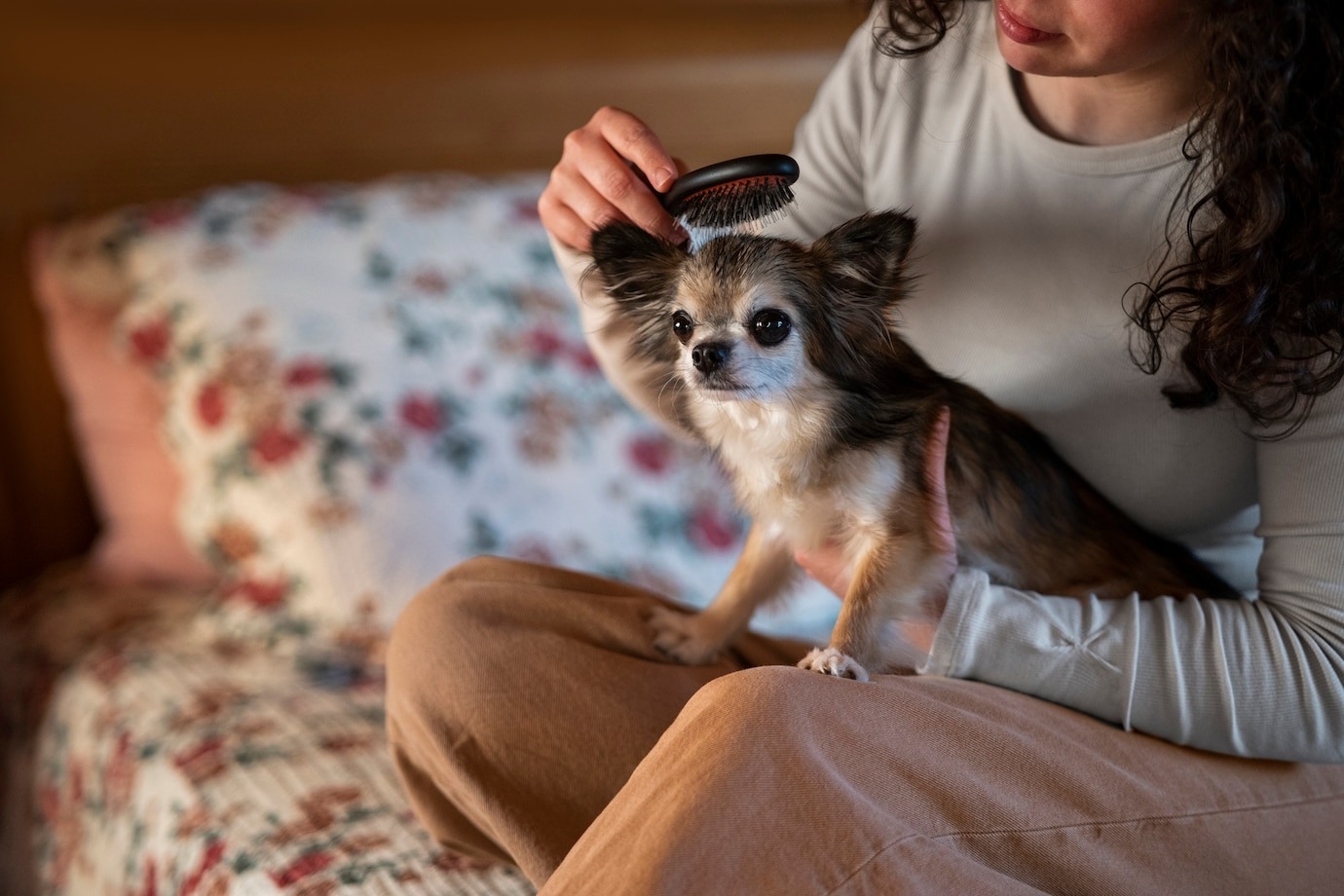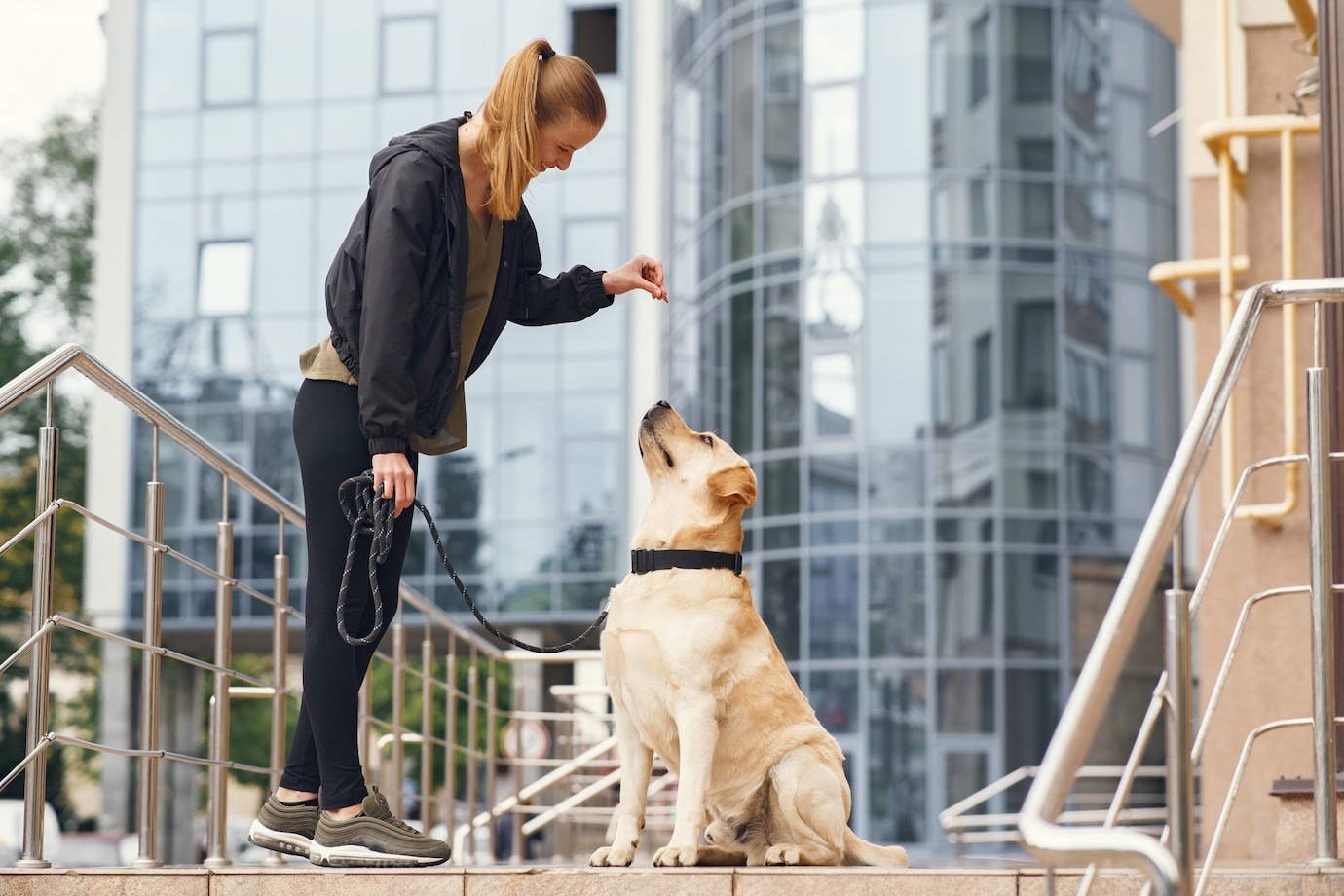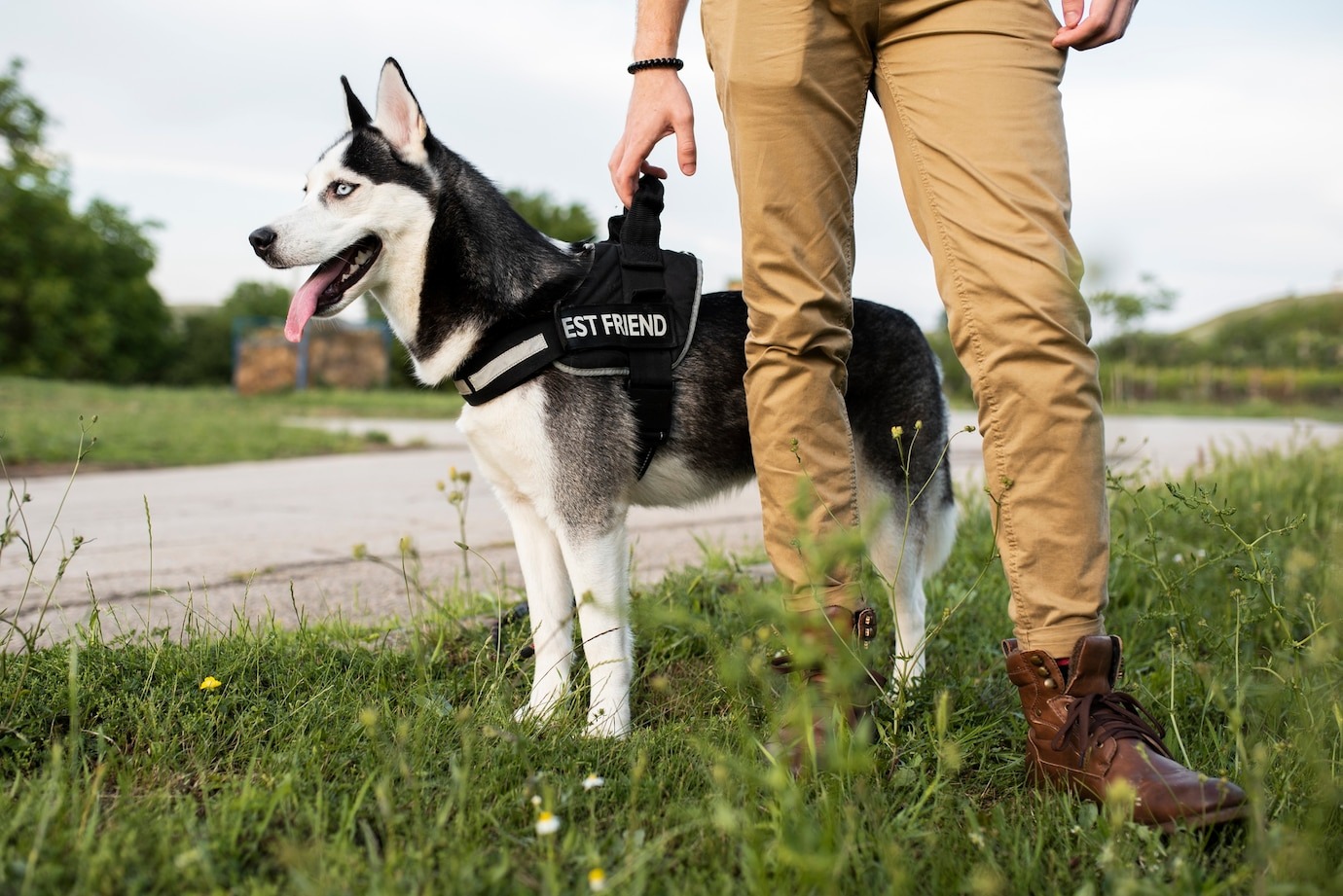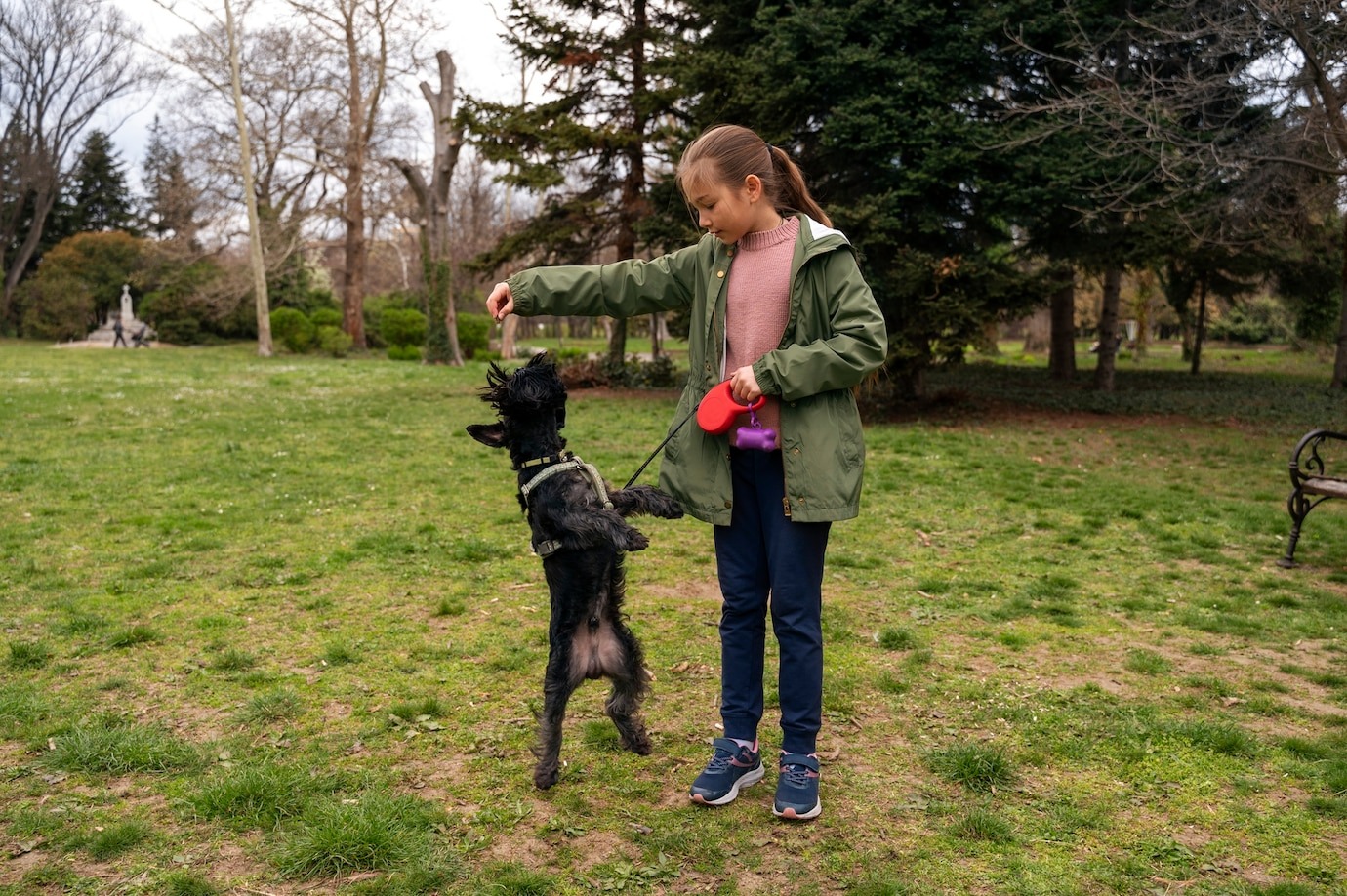Leia, the Dutch Shepherd, was more than just a pet; she was a beloved family member. Her guardians entrusted her to a professional K9 training facility with the hope of providing her with the best care and instruction. Little did they know that their decision would lead to a heartbreaking tragedy, exposing the dangers of unregulated K9 training facilities. In this blog, we will explore Leia's story and delve into the issues surrounding inhibited K9 dog training complaints, emphasizing the need for transparency, accountability, and responsible pet care.
Leia's Unfortunate Journey
Like any responsible pet owner, Leia's guardians sought professional training for their beloved Dutch Shepherd. They envisioned a bright future for Leia, where she would be well-trained, happy, and safe. Their search led them to a K9 training facility, where they placed their trust and high hopes.
However, what unfolded at this unregulated facility was far from what they had expected. Neglect, mistreatment, and a lack of care were the daily experiences for Leia. She transformed from a spirited and joyful dog into a fearful and traumatized soul, shattering her trust in humans and leaving her guardians heartbroken.
The Dark Side of Unregulated K9 Dog Training Complaints
Leia's story is not an isolated incident; it sheds light on the darker side of the K9 training industry. While there are reputable and responsible trainers and training centers, the unregulated sector poses significant risks to both pets and their owners.
Lack of Standardization:
One common complaint within the realm of K9 dog training is the absence of standardization. Unfettered K9 training facilities lack established guidelines and industry standards, leading to various issues and concerns:
- Risk of Harmful Techniques: Complaints often arise due to concerns about the diverse training techniques employed by different trainers. Some of these techniques may be harmful to dogs, resulting in injuries or behavioral problems. This variability can lead to inconsistent results and even harm the animals involved.
- Inconsistent Results: Pet owners who invest in K9 training services may experience inconsistent results due to the lack of standardized practices. This can be frustrating and may lead to dissatisfaction with the training process.
- Absence of Guidelines: Many complaints stem from the fact that there are no clear guidelines or industry standards for K9 training facilities. Without such regulations, it is difficult for pet owners to know what to expect and how to evaluate the quality of training programs.
Neglect and Mistreatment:
Another significant concern in K9 dog training complaints is the potential for neglect and mistreatment of dogs within these facilities. This may include:
- Abuse and Neglect: Unregulated K9 facilities can become environments where dogs are vulnerable to abuse, both physical and psychological, as well as neglect. These issues may stem from inadequate training methods, insufficient supervision, and a general lack of care for the animals.
- Deterioration of Well-being: Complaints related to K9 dog training often revolve around the potential deterioration of a dog's overall well-being. Dogs in such facilities, like Leia, may experience a decline in their emotional and psychological state, which can lead to lasting effects on their trust in humans and behavior. These complaints highlight the need for improved standards and ethical practices in the industry
Unvetted Trainers:
A commonly raised concern in K9 dog training complaints relates to the credentials and history of trainers. Pet owners often express their unease regarding trainers who have not undergone a comprehensive screening procedure. These worries may include:
- Lack of Qualifications: In unbound K9 facilities, there is no guarantee that the trainers have the necessary qualifications or experience. This opens the door to inexperienced trainers who may not possess the skills required to handle various dog breeds and temperaments.
- Training Risks: Inexperienced trainers can mishandle dogs, causing anxiety and fear in the animals rather than fostering a positive learning experience. This can lead to behavior problems, further complicating the training process.
Lack of Accountability:
In the context of K9 dog training complaints, a recurring issue is the perceived lack of accountability in the industry. These concerns often encompass:
- No Oversight: Chaotic facilities like professional k9 operate without oversight, making it difficult to hold anyone accountable when issues arise. This lack of accountability can result in pet owners having limited recourse when their pets are mistreated or traumatized during training.
- Vulnerability to Exploitation: Without regulatory oversight, both pets and their owners are vulnerable to exploitation, negligence, and mistreatment. This can lead to severe consequences for the animals and emotional distress for their owners.
The Call for Regulation
Leia's tragic fate highlights the urgent need for regulation in the professional K9 training industry. Responsible pet owners must be able to trust that their dogs will receive the best care and instruction when they enroll in training programs. To achieve this, several essential steps must be taken:
- Industry Standards: The first step is to establish industry standards and guidelines for K9 training facilities. These standards should cover the qualifications of trainers, the conditions of the training center, the treatment of animals, and the methods used in training.
- Oversight and Accreditation: To address K9 dog training complaints, regulatory bodies can be established to oversee facilities and enforce standards, requiring trainer accreditation and certification to mitigate concerns about unqualified trainers. Regular facility inspections can further ensure safety and hygiene compliance, improving overall training quality and dog well-being.
- Transparency and Accountability: Training facilities should maintain transparent records of their activities, including their training methods and outcomes. A clear process for addressing and resolving complaints or concerns should be in place, along with penalties for non-compliance.
- Education and Awareness: Pet owners need to be educated about the importance of choosing regulated and accredited K9 training facilities. They should be encouraged to ask questions and conduct thorough research before entrusting their pets to any training center. Knowing what to look for in a facility and the right questions to ask can make all the difference in their pets' well-being.
Bottom Line!!
Leia's experience vividly exemplifies the hazards associated with unregulated K9 training facilities, underscoring the imperative to tackle K9 dog training complaints and drive industry improvements. Through the establishment of rigorous regulations, the promotion of transparency, and the enforcement of accountability measures, we can safeguard our treasured pets from enduring ordeals akin to Leia's. It is high time to unveil the perils of unregulated K9 facilities and work collectively towards a safer, more responsible future for our furry companions.






